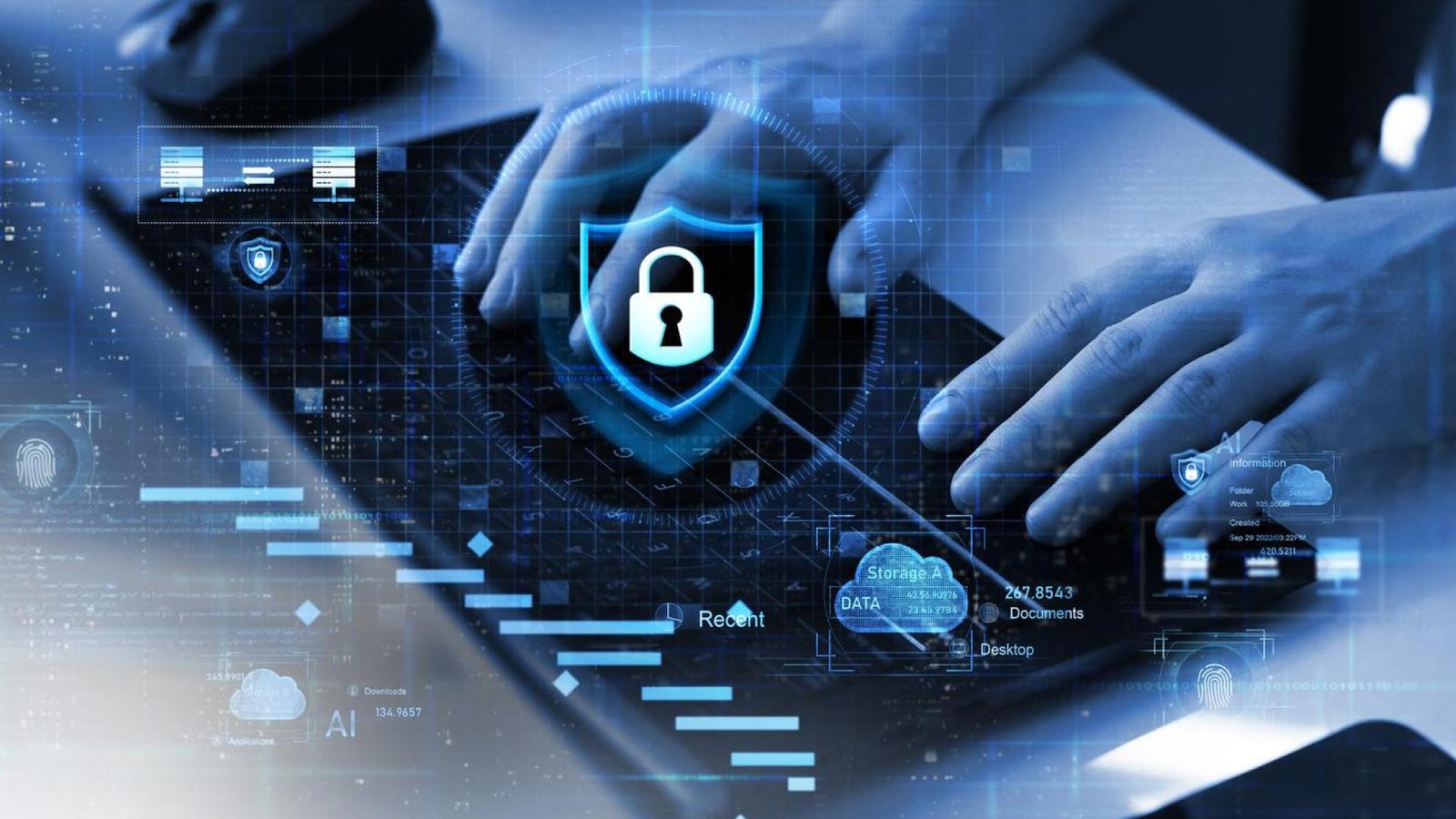Passwords are passé. Adaptive identity systems are your best defense against evolving cyber threats.
Why are enterprises that heavily invest in cybersecurity still exposed to dangerous breaches? The answer increasingly points to a foundational oversight—identity. In 2025, identity management isn’t just an IT function—it’s a strategic imperative. As the rise of cybercriminal threats grows more sophisticated, strengthening identity systems has become the C-suite’s critical line of defense.
Table of Contents:
1. Identity is the New Attack Surface
2. Passwords Are Past Their Prime
3. Context Is the New Credential
4. Fragmented Identity is a Hidden Vulnerability
5. AI is Both Threat and Weapon
6. Governance is Now a Compliance Differentiator
Executive Actions to Strengthen Identity
1. Identity is the New Attack Surface
Today’s cybercriminals are no longer brute-forcing firewalls—they’re exploiting identities. From credential stuffing attacks to synthetic identities fueled by generative AI, identity is the soft underbelly of even the best security architectures.
A Deloitte report in 2025 reveals that 79% of data breaches result from compromised credentials. However, just 38% of global businesses today consider identity management a business risk at its core. This disconnect is where cybercriminal threats thrive.
CISOs are increasingly recognizing this. Identity-first security is now a top priority in boardroom discussions, and not without reason—because when identities fail, everything fails.
2. Passwords Are Past Their Prime
Passwords remain the most widely used—and the most vulnerable—form of authentication. Despite widespread MFA adoption, 2025 has seen a significant uptick in MFA fatigue attacks. Cybercriminals exploit user impatience and over-reliance on push notifications to bypass controls.
What we require is not another level of verification but a fundamental shift in how we go about identity verification. Strengthening identity in this case involves embracing biometric verification, passkeys, and zero-trust design, where nothing is assumed and everything is verified.
Forward-looking businesses are already transitioning to passwordless environments, both for end users and for DevOps and administrative access.
3. Context Is the New Credential
Static credentials alone are no longer sufficient. What matters today is contextual intelligence—who is accessing what, when, from where, and why. This is where AI-powered adaptive authentication is changing the game.
Companies such as ING and Capital One are employing real-time behavioral analytics to dynamically evaluate risk. When the user logs in from a new device, location, or network, access is automatically tiered or challenged—without compromising user experience.
This kind of situational awareness isn’t just smart; it’s crucial. Cyber attacks in 2025 are fast, subtle, and often from within.
4. Fragmented Identity is a Hidden Vulnerability
Most businesses operate on a hybrid infrastructure—cloud-native applications, legacy, SaaS platforms—and identity management is then typically fragmented across those layers. This fragmentation causes blind spots that are vulnerable to exploitation.
A survey carried out by Accenture recently has discovered that 54% of companies still employ separate identity systems for cloud and on-prem environments, leading to inconsistent policy enforcement and risk amplification.
In order to successfully combat cybercrime threats, organizations must unify governance and access controls across all environments, treating identity as an interweaving fabric that binds all assets and not as a stack.
5. AI is Both Threat and Weapon
Generative AI is not only facilitating innovation—it’s facilitating fraudsters. In 2025, deepfake-based identity theft has risen by 400%, and mass-scale phishing campaigns are now designed by AI tools with frightening accuracy.
But the same technologies can—and must—be used in defense. An instance of machine learning-based detection models that look for behavioral anomalies is now a critical part of new identity management solutions. AI is capable of identifying unusual usage, auto-escalating high-risk sessions, and issuing predictive threats before compromise.
But human intervention is still essential. Strengthening identity management means coupling AI with audit trails, explainability, and role-based governance to ensure that automation doesn’t become opacity.
6. Governance is Now a Compliance Differentiator
Regulatory scrutiny is increasing. In 2025, the EU’s Digital Operational Resilience Act (DORA) and updates to the U.S. SEC cybersecurity disclosure rules are placing identity governance under the spotlight.
It’s no longer enough to know who accessed what. Executives need to be able to demonstrate why a person had access, by whom it was authorized, and if it was revoked on schedule. It is not only potentially devastating to breach by not doing it, but it is also potentially devastating to be fined and sued, as well as go through a meltdown of reputations.
This is the reason companies are matching identity governance platforms with real-time analytics and audit capabilities and relying no longer on passive compliance to accountable action.
Executive Actions to Strengthen Identity
For C-suite executives, this is what a future-looking identity strategy entails:
- Make passwordless authentication ubiquitous across all user sets
- Implement AI-driven behavioral risk engines
- Integrate identity governance across hybrid and multi-cloud environments
- Shield against insider threats with context-sensitive access controls
- Sync identity programs with shifting regulatory needs
Cybercrime threats will become only more elusive, more sophisticated, and more targeted. If identity is still fragmented, manual, or reactive, your business is still at risk—no matter what your technology stack.
By 2026, identity management will define enterprise resilience. Strengthening identity management today is the only way to preserve digital trust tomorrow. And for the C-suite, this is not a security project—it’s a leadership mandate.
Explore AITechPark for the latest advancements in AI, IOT, Cybersecurity, AITech News, and insightful updates from industry experts!

